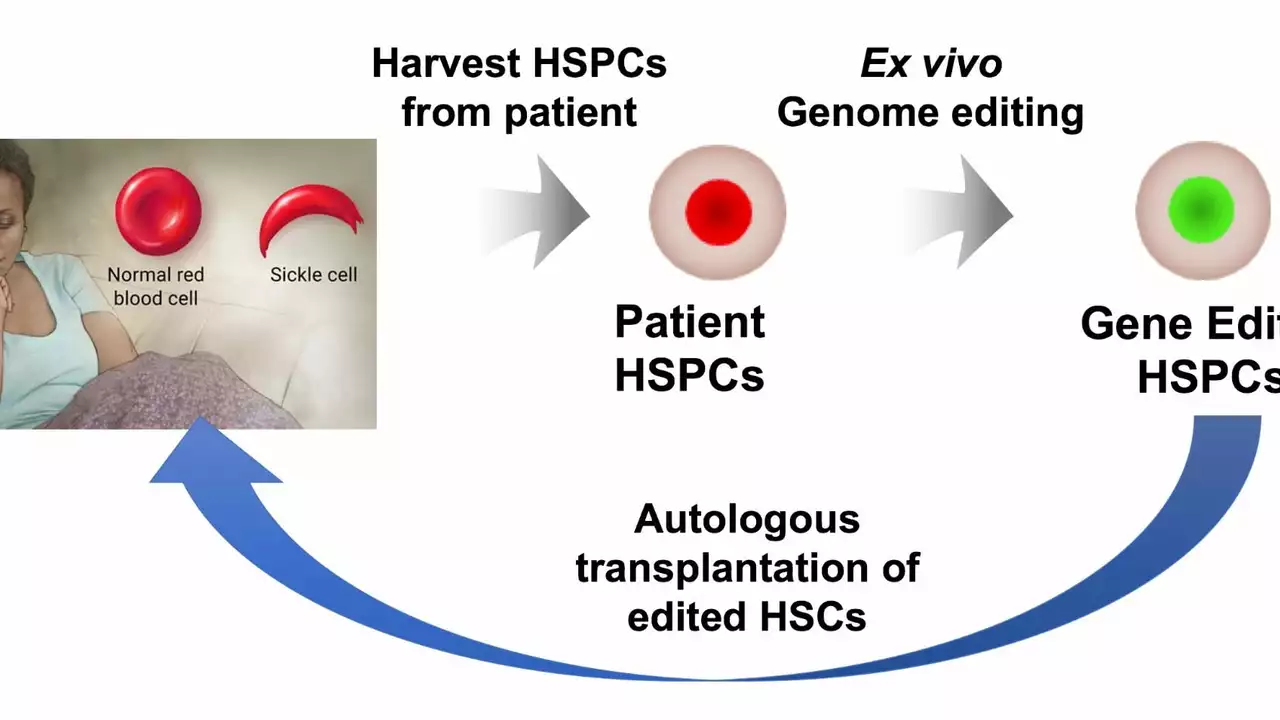Understanding Sickle Cell Disease and Its Impact
Sickle cell disease is a group of inherited red blood cell disorders that affects millions of people worldwide. It is characterized by the presence of abnormal hemoglobin, which causes red blood cells to adopt a sickle shape. These sickle-shaped cells can block blood flow, leading to severe pain, organ damage, and even death. As someone who understands the importance of finding effective treatments for this debilitating condition, I wanted to explore the potential role of amiloride in helping those affected by sickle cell disease.
The Science Behind Amiloride and Its Mechanism of Action
Amiloride is a medication commonly used to treat high blood pressure and heart failure. It belongs to the class of drugs known as potassium-sparing diuretics, which work by helping the kidneys remove excess sodium and water from the body while retaining potassium. This process helps to relax blood vessels, which in turn reduces blood pressure. But what makes amiloride a potential treatment for sickle cell disease? The answer lies in its ability to inhibit certain ion channels in the red blood cells.
Amiloride and Sickle Cell Disease: The Connection
Research has shown that abnormal ion fluxes in sickle red blood cells contribute to the dehydration and subsequent sickling of these cells. Specifically, the potassium chloride cotransporter (KCC) and the calcium-activated potassium channel (Gardos channel) are overactive in sickle cells, leading to potassium loss and cell dehydration. Amiloride has been found to inhibit both KCC and the Gardos channel, which suggests that it could potentially help to reduce sickling and its associated complications in patients with sickle cell disease.
Experimental Evidence Supporting Amiloride's Potential Role
Several studies have investigated the effects of amiloride on sickle red blood cells. In one such study, amiloride was shown to inhibit KCC activity in sickle cells, leading to reduced cell dehydration and improved red blood cell shape. Furthermore, in a mouse model of sickle cell disease, amiloride treatment was found to reduce the severity of sickling, improve blood flow, and decrease inflammation. These findings provide promising evidence that amiloride could potentially play a role in the treatment of sickle cell disease.
Current Clinical Trials and Future Directions
Given the promising experimental evidence, researchers are now exploring the potential of amiloride as a treatment for sickle cell disease in clinical trials. One such trial is currently underway to evaluate the safety, tolerability, and efficacy of amiloride in patients with sickle cell disease. The results of this trial could pave the way for larger, more definitive studies that will help to establish the role of amiloride in the management of sickle cell disease.
Challenges and Considerations for Amiloride Therapy
While the potential of amiloride as a treatment for sickle cell disease is exciting, there are several challenges and considerations that need to be addressed. For example, the long-term safety of amiloride in this patient population is not yet known, and its effects on blood pressure and potassium levels will need to be carefully monitored. Additionally, it is important to recognize that amiloride is not a cure for sickle cell disease, and it may need to be used in conjunction with other treatments to achieve optimal results.
Conclusion: A Promising Avenue for Sickle Cell Disease Treatment
In conclusion, amiloride represents a promising potential treatment for sickle cell disease, thanks to its ability to inhibit ion channels that contribute to cell dehydration and sickling. While more research is needed to fully understand its efficacy and safety in this patient population, the ongoing clinical trials should provide valuable insights into the role of amiloride in the management of sickle cell disease. As someone who is passionate about improving the lives of those affected by this debilitating condition, I eagerly await the results of these studies and the potential impact they could have on the future of sickle cell disease treatment.


Trudy Callahan
When we peer into the microscopic world of red blood cells, we are confronted not merely with biology, but with a profound dialogue between ion channels and destiny; the humble amiloride, a modest diuretic, whispers promises of balance, and yet the stakes are as high as the next inhaled breath of a child with sickle cell disease; one cannot help but contemplate the paradox of a drug designed for hypertension stepping onto the stage of hemoglobin pathology, a symphony of chemistry that teeters between cure and caution; perhaps the answer lies not in the molecule alone, but in the collective will of researchers, clinicians, and patients alike, each bearing the torch of hope.